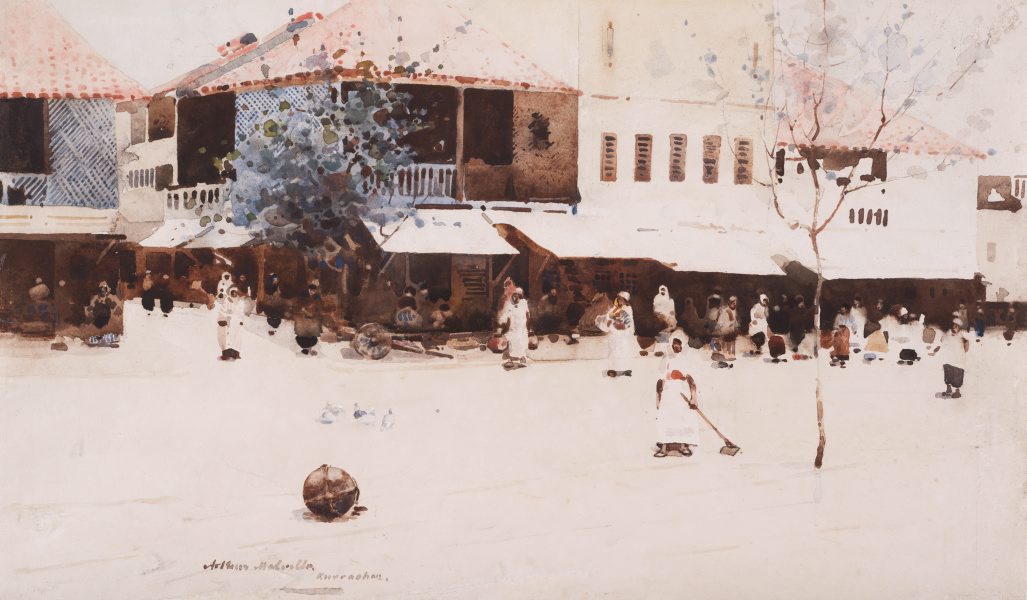 |
| pretty gross looking in here. |
This is a cast iron cauldron of black walnut husks, happily simmering away on the stove (I waited for Elin to leave for lab before I began). This process started last fall, with the collecting and de-husking of several pounds of black walnuts. I packed the fresh husks into a bucket and let time and nature work their magic. After all the husks had oxidized and turned black, I transferred them to the cauldron, covered them with water, and left them to marinate in their own putrescence for a couple months. Things got pretty moldy (but surprisingly not-stinky), and this is what I ended-up with:
 |
| Can you believe this stuff is free?? |
So, one day, I decided it was time to take the next step: on to the heat. After a few hours of boiling and reducing, I strained off all the liquid and was left with:
 |
| Ta-DAAAA! |
A few jars of homemade black walnut ink! I added salt to some jars and methanol to others, to prevent mold. I packed the husks back into an empty paint can and stored it for a possible Round 2 of ink-making if I run out before the next crop of walnuts starts to fall next autumn.






